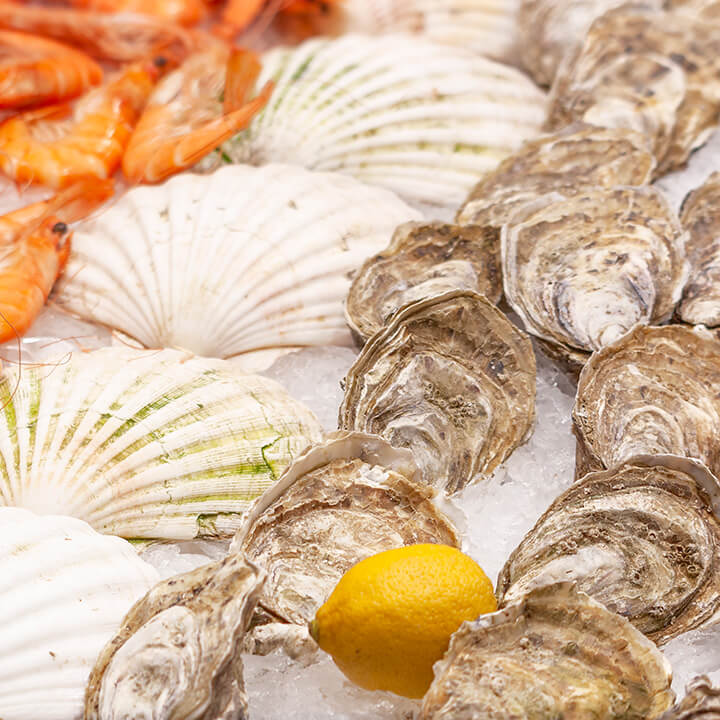Are ‘Blue Foods’ the next food revolution or just a trend for 2022?
14th January 2022
With the global population estimated to reach 10 billion by 2050 and climate change potentially adding layers of uncertainty to food production systems, many commentators in the food and drink sector have suggested that a food crisis may be in the making. Whilst soil-based agriculture tends to dominate discussions on food, ‘blue foods’ (defined as food derived from fish, aquatic plants, shellfish and algae that are caught or cultivated in freshwater and marine environments) may offer a key solution.
According to the Blue Food Assessment organisation, blue foods offer both nutritional and environmental benefits, making them an ideal potential source for future food. Algae’s protein content, for example, is higher than conventional sources such as meat, poultry and dairy products. Seagrass is capable of capturing carbon faster than tropical rainforests, can transform abandoned salt marshes into flourishing habitats and can be used as an alternative to rice[1].
WM Comment
Advocates of blue foods emphasise that seafood and aquaculture often have lower environmental impact and provide greater nutritional benefits than terrestrial foods while contributing to food security, making it economically and ecologically sustainable. The movement however is not without its critics and so it remains to be seen whether blue foods really do become an exciting revolution or simply a trend that is short lived.
[1] https://edition.cnn.com/interactive/2021/10/world/future-of-food-in-the-past-c2e-spc



